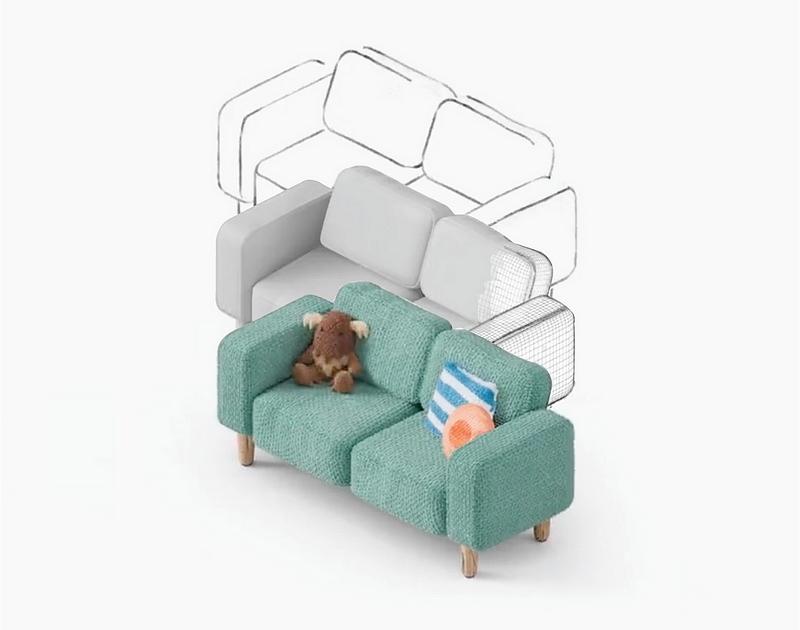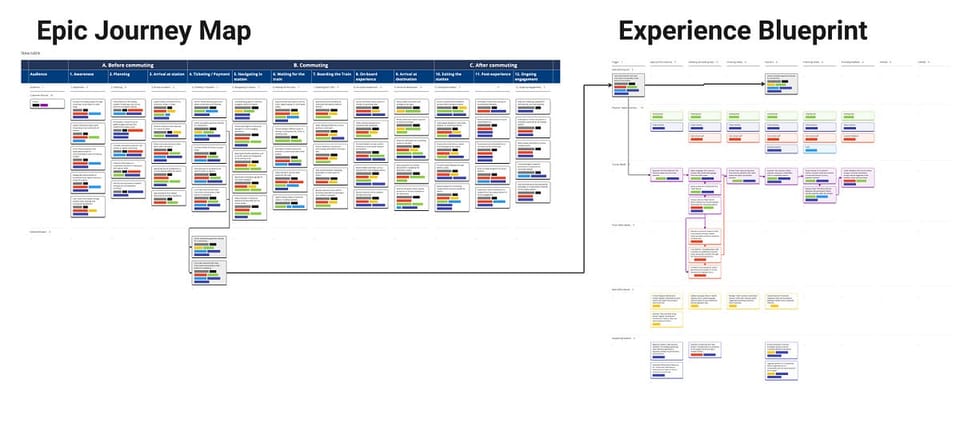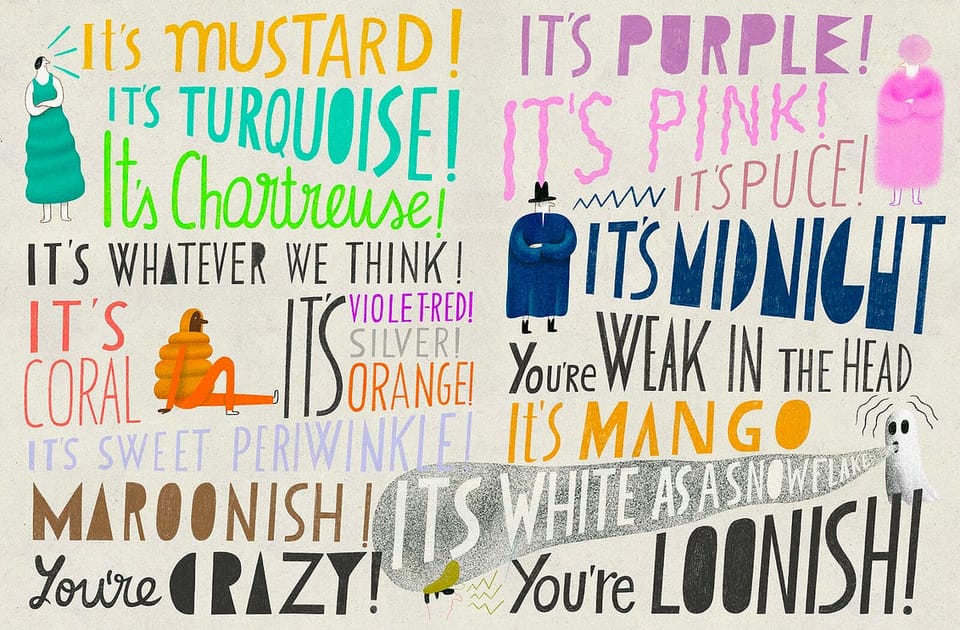UX designer, you’re not listening
If what I say sounds unfair, insulting or offensive to you, then perhaps you have misunderstood. This has been a mental note for me not to…
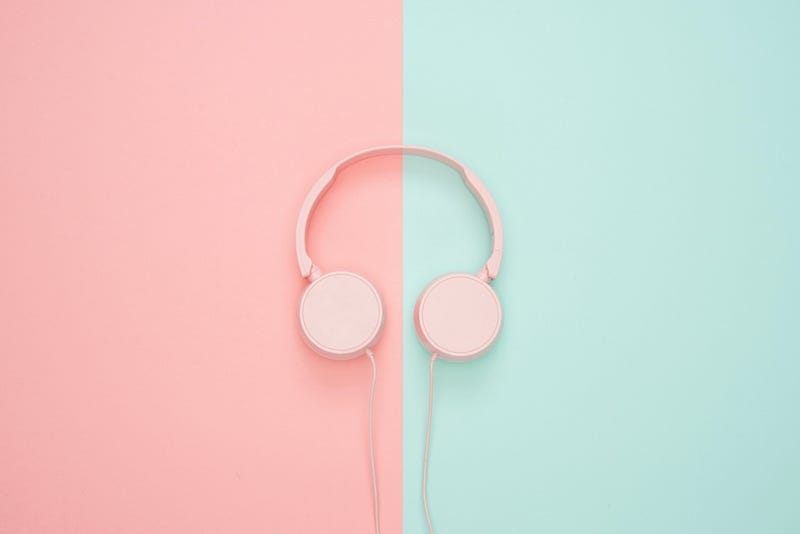
If what I say sounds unfair, insulting or offensive to you, then perhaps you have misunderstood. This has been a mental note for me not to assume what I think I know. Having read this book by Kate Murphy, there has been so many nuggets that I have come to learn that it felt right to jot them down here, as well as to show some connecting applications as a UX designer (🧙♂️🧙♀️)
Here are some of my key takeaways:
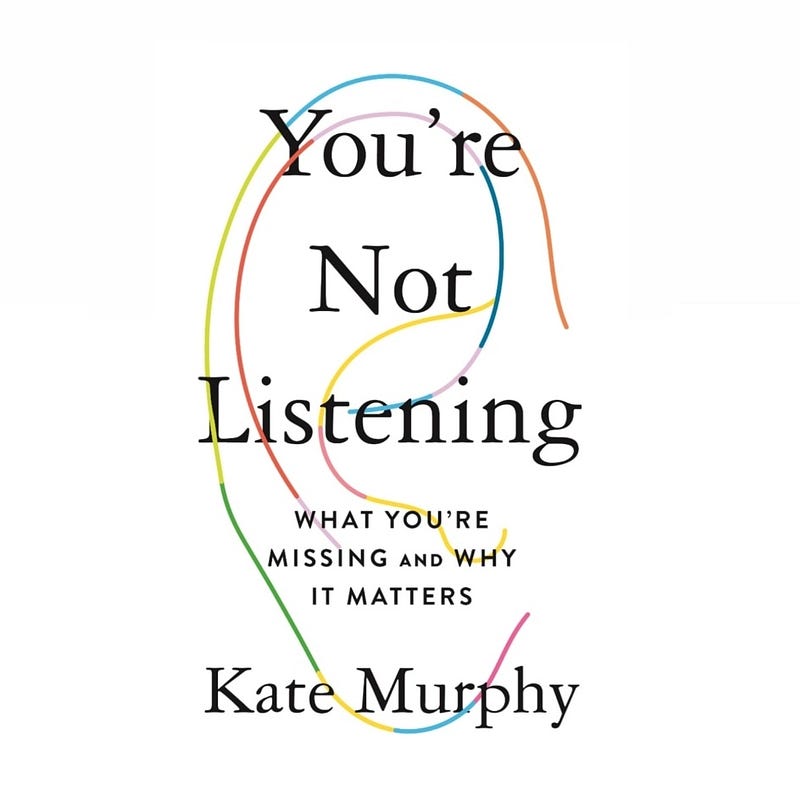
1. We've gotten impatient in our quest of fast information. Endless scrolls, attention-grabbing headlines and Instagram. Listening is slow and it takes effort
🧙♂️ Quick fix UX without listening is like an obsession for fast information, resulting in incremental results. Being able to understand core experiences by listening to customers may be slow, but has long term rewards
2. To listen well is to connect with your recipient's thoughts, only because you care enough to want to know. The syncing of two minds (listener and speaker) creates that "snatch of magic"
🧙♀️ Have you ever connected with a user, such that it exhibits joy? Try syncing before throwing a wireframe at them.
3. Listening like a child means being intellectually curious because there is always something interesting to learn from everybody
🧙♂️ A designer’s trait is to explore and dabble with ideas that may not always be a straight forward solution, but is novel enough to be considered as a form of inspiration or enlightenment for the next idea.
4. Look out for biases and stereotypes as it creates assumptions. Only by listening can you go past the first layer of knowing a person
🧙♀️ Designers must quell expertise and confirmation biases. By doing that, they become more empathetic and susceptible to new ideas
5. Speaking in a thoughtful feeling way emerges not through facts or information, but through the emotions behind the words. It’s to accept one’s point of view with an appropriate response that builds trust
🧙♂️ Close to UX is technical jargons and design lingos. Users do not frame their thinking around that. They do so by telling their stories.
6. Stop multitasking on what you're going to say. Use the excess brain capacity to observe and gather what's more than the words.
🧙♀️ Observation and contextual enquiry are the hallmark of UX designers as they are sensitive to visuals and interactions. Combining visuals and speech make conversation more dynamic and engaging.
7. How do you tone down your inner alarm? Take a breath, ask a question, not to expose flawed logic but to truly understand and expand knowledge. Be confident of yourself, and be comfortable in uncertainties.
🧙♂️ Designers should have a knack for dealing with uncertainties. Designing completely new interfaces without any references tones the uncertainty muscle. To channel those reflexes from design to research is doable.
8. Amidst big data, there is still a place for focused interview, but it depends on good moderations of building rapport and maintaining interest without the urge of pushing your own agenda.
🧙♀️ No excuses not to speak to users, but also not to do it for the sake of doing so. True understanding of users require experience, effort and exposure to various circumstances.
9. Rather than controlling the narrative, successful teams listen to one another through reciprocal focusing of conversations, and building upon ideas. Shared laughter is due to stronger intimacy
🧙♂️ No UX designer is an island. The same skills of listening to users can be applied to fellow teammates.
10. Being sensitive is to be able to tap into intuition and uncover the nuances of meaning behind the said words. Being self aware is to keep emotions at bay and to spot lies or truth.
🧙♀️ Designers understand the various levels of meaning. Beyond functionality, there is emotions, social capital, human behaviours and symbolic meaning. Art and design are closely related.
11. The inner voice in your head is real, and should not be avoided. The more you hear it, the more solutions can be imagined.
🧙♂️ Tapping into the inner voice of designers is where true brilliance of design resides. The intertwining and deliberation of various ideas is how many design innovations are birthed.
12. Shifting from self referential statements to others-directed, fill in the blanks, open ended and faithfully honest questions creates conversations.
🧙♀️ The danger of a designer is to self loathe one’s ability and perspective, but if there is a genuine interest in people and co-creation, it will be less of themselves, and more of others.
13. Sonic variations like tone, flow of tones, pitch and loudness carry emotional content. Our ears are able to capture, but may be prone to misinterpreting sounds and facing loss of hearing. And while, speech is better than text to capture emotion, we are in a text world due to barriers in technology
🧙♂️ How might we design experiences that go beyond text, and tapping into audibility and acoustics that further enriches people’s lives?
14. People can’t leave without their phones, leaving us no room to daydream or imagination.
🧙♀️ Daydreaming might be trivial, but if reexpressed as incubation of ideas, it can be considered as a critical component of thinking and conceiving new ideas.
15. Learning to pause and be quiet can be unnatural, but good listeners wait for thoughts to crystallise
🧙♂️ A UX designer can tend to be quieter than other stakeholders such as business analyst, marketing or sales reps, so long as the silences is based on listening and taking in requirements. Our work speaks for itself.
16. Positive gossip? It gets better with smaller groups (one to one), but only through trustworthiness and attentiveness can more tightly held information be revealed.
🧙♀️ An insight is when a designers uncovers a valuable unexpected information shared by users.
17. No one can listen all the time. Bad advice and tiredness can play a factor. Yet reflection is an invitation for someone’s idea into our mind. Vulnerability is bidirectional, and if one side stops listening, the other stops sharing.
🧙♂️ As UX design is a human-centred practice, we must also be recognised that we are human beings. Our methods of speaking to users should be brought down to their level. Our energy should be evenly divided between research and design. Our gut should be active to sniff out bad advice.
